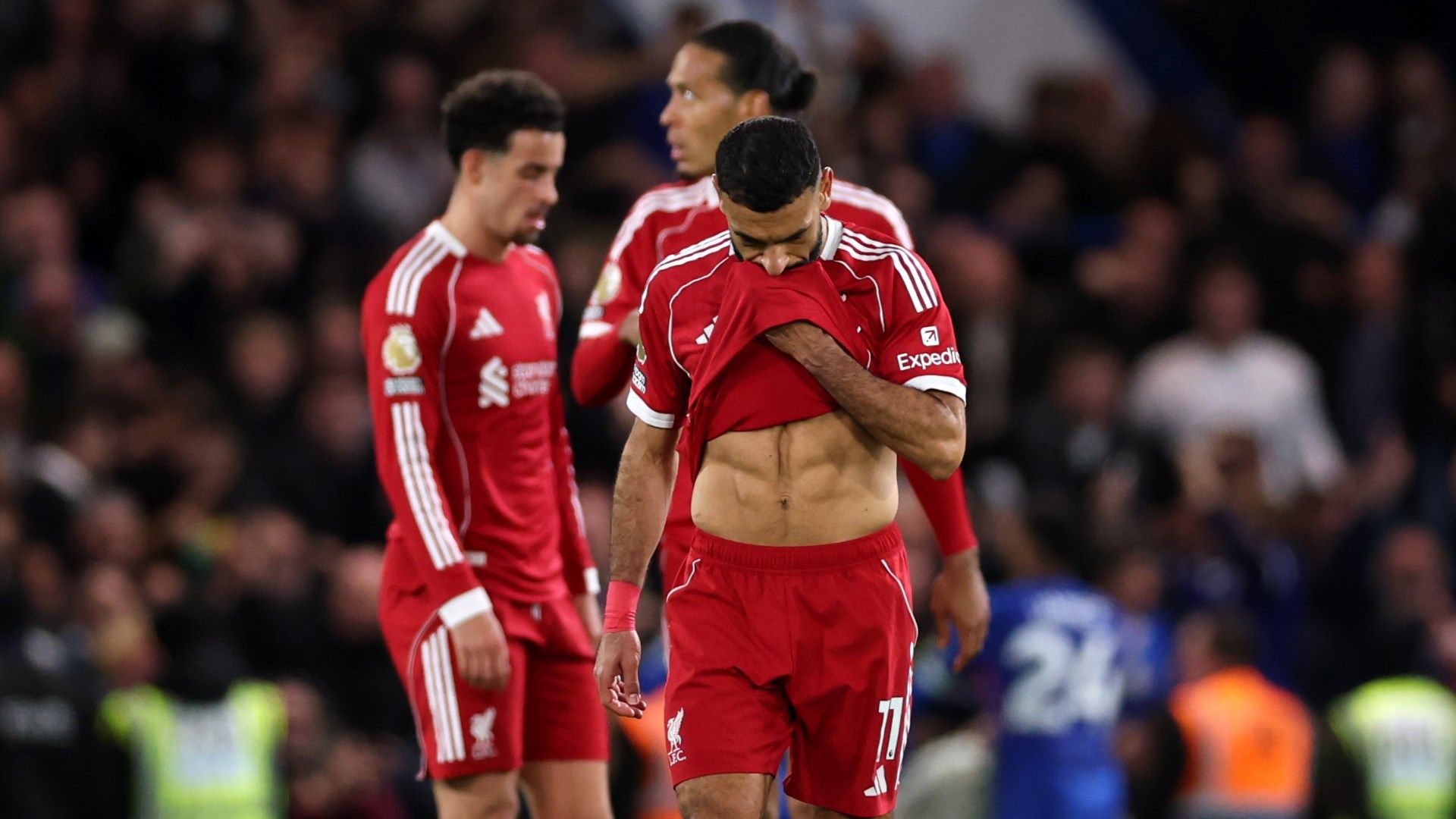Salah at a Crossroads: How Slot’s Liverpool Rewired the Spark
21 October 2025

Before Paris: Salah's peak and the numbers signaling a turning point
The trip to Paris in the last-16 of the Champions League was more than a painful exit for Liverpool; it foretold a serious shift for Mohamed Salah, whose form faltered as tactical changes unsettled a squad fresh from a domestic title. Before that night, Salah had been operating at a high tempo, pushing toward the kind of Ballon d’Or recognition the sport often reserves for a select few. Across 46 appearances in all competitions, he’d contributed 32 goals and 22 assists, cementing his status as one of Europe’s most productive players. In the Premier League alone, the previous season had seen him tally 29 goals and 18 assists, a near-complete offensive package that demanded almost everything from him and his teammates.
After the Paris exit, however, Salah’s vitality began to fade from the spotlight. Over roughly seven months, his goals dwindled to 6 with 5 assists in 25 matches, a decline of more than 70% in his scoring rate. The surge of creativity around him waned as the team experimented with new shapes and personalities, leaving Salah with fewer of the deep-running lanes and micro-choices that had once defined his impact.
The rebuild: Slot's blueprint, new wings, and a different attacking core
Arne Slot’s plan wasn’t simply to tinker; it was to rebuild Liverpool’s spine around a fresh identity. The left and right side of the attack saw drastic changes: the Dutch-English blend of Jeremie Frimpong on the flank and a new winger profile in Kirkyz brought a different pace and entering angle to the teams’ wide play. In the inside channels, Florian Wirtz arrived as the roaming 10 to pull the strings behind the central striker, while Alexander Isak and Hugo Ekitike were added to the attack as dual threats capable of stretching defenses in different ways.
These alterations reconfigured how Salah could operate. He moved away from the classic inverted-winger role that had thrived beside Trent Alexander-Arnold and Andy Robertson, to a more traditional wide presence that demanded closer adherence to the touchline and rigid positional duties. The result was a Liverpool that looked different on the ball, with altered passing angles, altered timing of runs, and a renewed emphasis on structure over sheer spontaneity.
Photographs and game footage from the early part of the season hinted at a larger problem: the new system required a recalibration from Salah and the rest of the attack, but the balance wasn’t there yet. The midfield and the wide forwards did not always find the same wavelength, and Salah’s natural instincts—driving into spaces and creating danger in behind defenses—found fewer natural openings to exploit consistently.
Salah between legacy and the fog of the future: Is the player the problem or the system?
Put plainly, Salah’s downturn was not a dramatic fall of talent; rather, it reflected a misfit within a revamped Liverpool that hadn’t yet settled into a reliable balance. The 34-goal, 23-assist season that had turned Salah into a club icon looked distant when juxtaposed with the early returns of Slot’s rebuild. Slot’s ambition to renew the squad—bringing in fresh drive, speed, and a new defensive spine—came with a price: the harmony that had underpinned Salah’s most dangerous moments was unsettled.
Despite the talent on the field, the new attacking dynamic created a scenario in which Salah found less space to execute his signature moves. The absence of a consistent assist chain, the altered wing dynamics, and the shift in who plays where all contributed to a form that looked out of step with his best self. Isak’s and Ekitike’s movements sometimes crowded the same zones Salah favored, while Frimpong’s and Kirkyz’s overlaps did not always align with Salah’s timing. In short, the system didn’t merely reveal a decline in Salah’s numbers; it exposed how a team can struggle to harmonize a star with a new blueprint.
For Salah, the path forward remains tied to the system’s maturation. If Slot can stabilize the lineup and restore an understanding among the front four—without erasing the new ideas—the Egyptian forward could reclaim the elite form that defined him. The debate about whether Salah is overrated by the hype or simply a victim of a transitional phase is unlikely to end soon, but what seems clear is that Liverpool’s current trajectory hinges on returning to a balance that honors both the club’s identity and Salah’s instinctive brilliance.
Today, Salah appears a touch alien in a Liverpool that no longer moves with the same certainty as the title-winning side. There is no single culprit, only a complex puzzle of angles, runs, and timings that still needs time to settle. If Slot’s project is to endure, Salah may need to rediscover a space that accommodates his genius; if not, the star could become a bridge toward a new era that preserves his legacy without erasing the past.
But Paris’s night, a blue-printed disaster of European ambition, may have been a necessary catalyst. Slot’s decisions, even when bold, force a choice: evolve with the star or risk losing both the star and the club’s future in the same experiment.
Punchline time: If this rebuild keeps going, Salah might start marketing subtitles for his goals—you know, so we all understand the language of a perfect finish. Punchline two: Slot’s playbook is so intricate that even a compass would get dizzy; at least Salah still shoots straight, even if the directions are a little Gallic this season.



.jpg?quality=60&auto=webp&format=pjpg&width=1400)